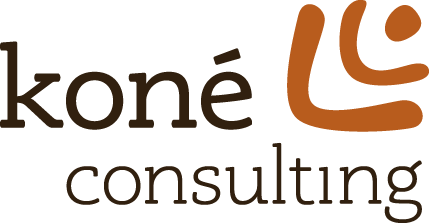Example A3 showing a completed A3 (after a problem is removed). Download this example as A PDF.
A3 8-step problem solving method
Our go-to tool for continuous improvement is the A3. This is a large, blank sheet of paper—or digital equivalent—that people use to organize their thinking around a problem, communicate about it, and design and try out ways to remove the problem.
When we facilitate one- or two-day A3 workshops, people that are closest to the work gather to identify problems, uncover root causes, and devise creative, wise countermeasures for removing problems. We leave the room with specific, detailed, appropriately-sized plans for experiments to run.
During an A3 workshop, we give participants the templates and materials they'd need to work on their A3s internally. We have found that people are comfortable updating and creating A3s after being guided through the method. It is a standardized, repeatable process that—in our experience—always yields surprising results.
Value stream improvement
A value stream is the sequence of work or events that happen in order to fulfill a customer’s request by delivering something of value to them.
We use a value stream improvement (VSI) method with people who are embarking on business process reengineering, program assessment, or organizational planning.
First, we work with leadership to identify and name the primary value streams by which the organization creates and delivers value to its customers.
Mapping the current state of a value stream
Next, we meet with management to identify major performance problems in these value streams, and scope the work ahead.
Then we gather the people who do the work in a given value stream—and sometimes customers and other stakeholders—for a workshop lasting two days or so. In this workshop, participants:
Create a visual map of the current state of the value stream;
Identify problems that impact the performance of this value stream, from a customer's perspective;
Devise countermeasures (or proposed solutions) that are possibilities for removing these problems;
Design a future state for how the value stream as a whole could be improved; and
Draft plans for specific, rapid, and "ready-to-work" experiments to run in order to validate countermeasures.
Example value stream map describing the current state of a group's technical assistance process
Finally, we help people at all levels of the organization participate in running the experiments—typically over a 60- or 90-day timeframe—and decide where and how to standardize and build on successes.
When we facilitate value stream improvement, we see organizations make changes in many areas to remove the problems they identify, including:
improving communication between departments,
standardizing work,
improvements to physical office space and equipment layout,
developing and implementing performance metrics, and
simplifying process and policy.

